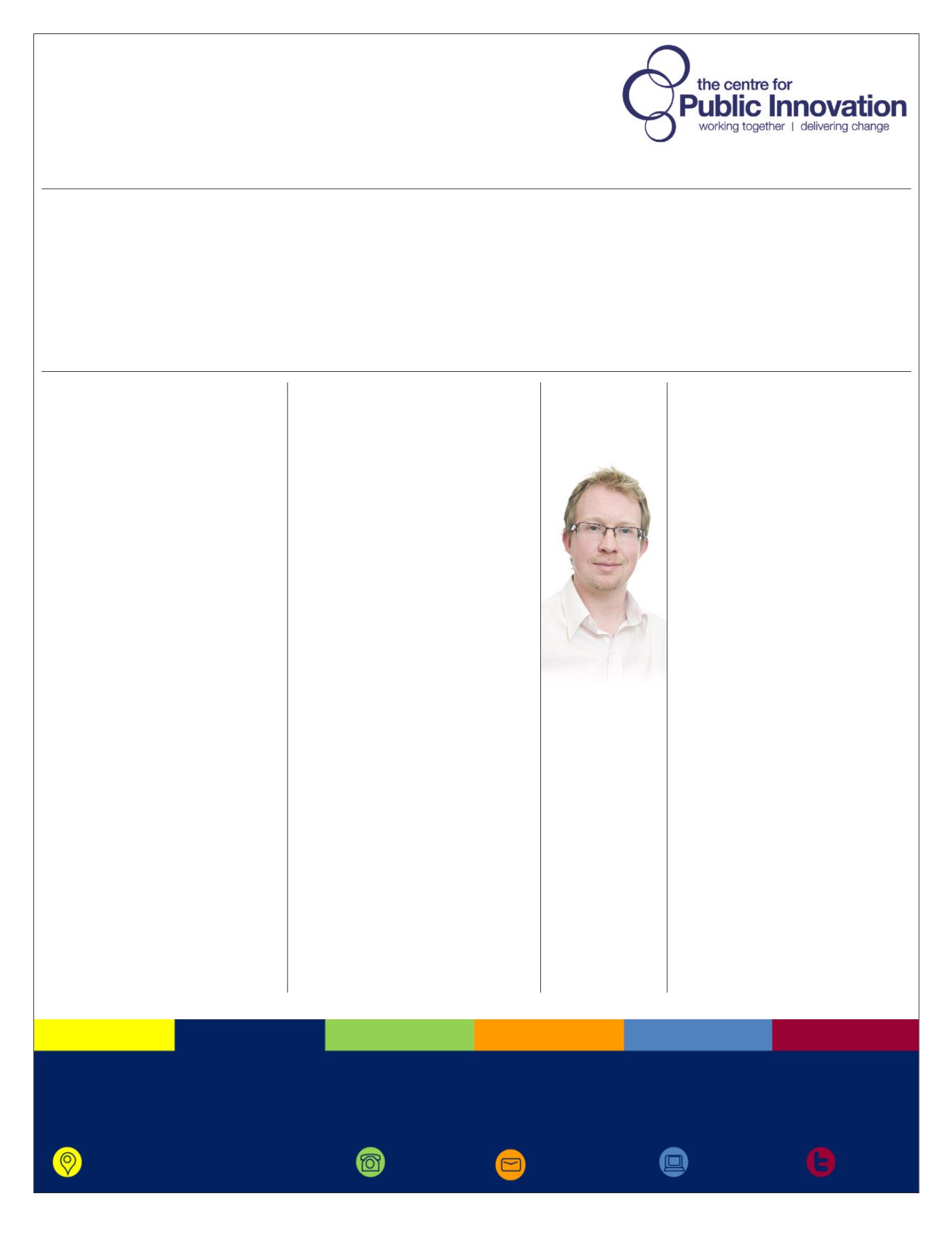
what was and what was not effective.
The National Offender Management
Service is aware of the issue of NPS and is
undertaking research to create a substantive
evidence base for use in the prison system,
but this work will take some time to report.
WHAT CAN BE DONE?
Until the NOMS research is available, CPI
determined that a number of steps could be
undertaken immediately to start responding
to the problem:
• Prison healthcare providers should record
any health incident in which NPS is felt to
be a causal or associative factor – either
where use of NPS is self-reported or
determined by health staff
• Prison healthcare providers should follow
Public Health England guidance advising
that the appropriate response is to address
symptoms rather than the specific drug
• Substance misuse treatment providers
should seek to understand the extent to
which their clients are using NPS
• Substance misuse treatment providers
should determine the extent to which
existing provision can be adapted to meet
the needs of this group of drug users
Understanding about the nature of NPS and
how treatment should respond to these drugs
is still emerging. The work of CPI can provide
some immediate steps that commissioners
and providers can consider, while the evidence
base develops to determine the nature of the
issue and how best to manage it.
Mark Napier is managing director of the
Centre for Public Innovation (CPI). For more
information about how CPI can help your
organisation, visit
or call
020 7922 7820
Promotional feature
HEALTH NEEDS ASSESSMENTS
The Centre for Public Innovation (CPI) has been
involved in research and supporting the
commissioning of substance misuse services
since its inception in 2000. The company is a
social enterprise with more than a decade of
experience working in the field of substance
misuse, both with commissioners and
providers, helping them to understand their
clients and provide better services.
Recently, we completed a series of health
needs assessments (HNAs) for a number of
prisons, on behalf of NHS England. As with all
HNAs, there was much interest among
commissioners and prison staff with regard to
substance misuse – in terms of the need for
treatment and the profile of the drug-using
population in prison.
CPI were able to bring together a mix of
specialist knowledge of substance misuse
treatment, along with in-depth knowledge of
how prison healthcare works, alongside
robust research skills to help explore the issue
of substance misuse.
NOVEL PSYCHOACTIVE SUBSTANCES
Having completed prison HNAs on many other
occasions, the CPI research team were struck
by a pronounced shift in the findings on this
occasion, as compared to work we had done
previously.
From the outset, it was clear that the use
of novel psychoactive substances (NPS) was
an issue that the HNAs needed to cover. NPS is
the catch-all term for a raft of new and
emerging drugs that cover ‘legal highs’ to
recently banned substances and club drugs.
Prison staff reported concerns about the
impact of NPS on the health of prisoners, citing
a rise in aggression and other behavioural
changes among inmates. Healthcare providers
were concerned about the demands that NPS
were perceived to be putting on their services
as well as the need to send prisoners to A&E
following apparent adverse reactions to NPS.
Prison professionals were united in their
assessment that the use of NPS was a
significant and growing problem that had yet
to be fully understood.
THE PRISONER’S PERSPECTIVE
In consultation with prisoners, there was a
clear consensus that NPS were now the ‘drug
of choice’ and that their use had overtaken
that of other drugs, including cannabis.
Some prisoners interviewed by CPI
researchers reported that use of NPS was
driven partly by mandatory drug testing.
Knowing that NPS could not be detected via
existing tests, using NPS enabled them to
consume drugs whilst working around the
prison system.
What was striking was that, while
prisoners were well aware of the use of NPS,
they were as unclear about the nature of NPS
as prison professionals. Whilst prisoners
referred to ‘Spice’ it was clear that this was
being used as a catch-all term to describe a
range of new drugs with a variety of
properties and effects. In essence, prisoners
were consuming unknown and untested
psychoactives.
DEFINING THE PROBLEM
The picture that emerged from the HNAs was
of a rapidly changing shift in the use of drugs
in the prison but with little hard evidence to
determine the impact that NPS were having.
Existing systems were not geared to collecting
data on NPS. In the absence of data, responses
were ad hoc, driven by anecdotal assessments,
and lacked a basis upon which to determine
Mark Napier talks to DDN about the emergence of the complex
problem of novel psychoactive substances, and some responses
that commissioners and providers can adopt to tackle this issue
14 |
drinkanddrugsnews
| September 2015
A new profile of drug use in prisons
‘Understanding
about the nature
of NPS and how
treatment should
respond to these
drugs is still
emerging.
The work of CPI
can provide
some immediate
steps that
commissioners
and providers
can consider...’
MarkNaPIer
CPI exists to help public and third sector organisations improve the lives of their clients
CPI, 32-36 Loman Street, London SE1 0EH
020 7922 7820
@cpiorg


